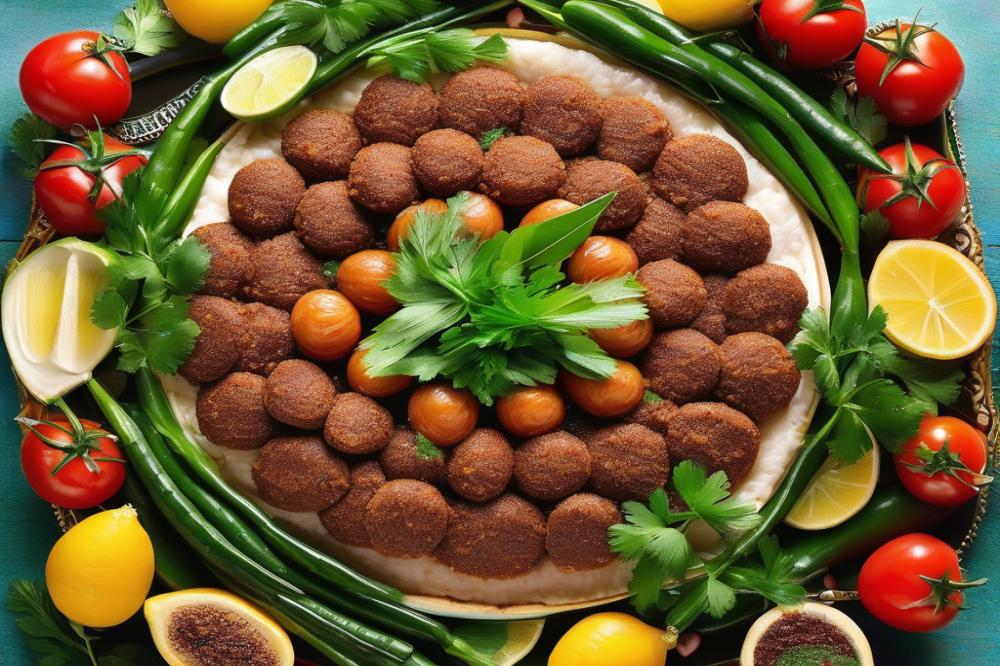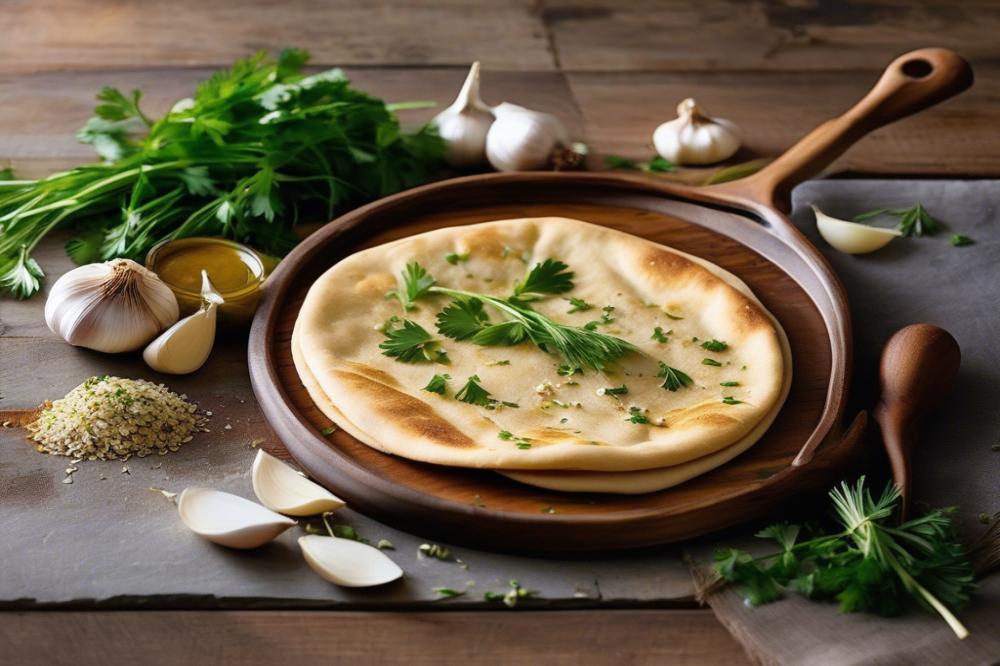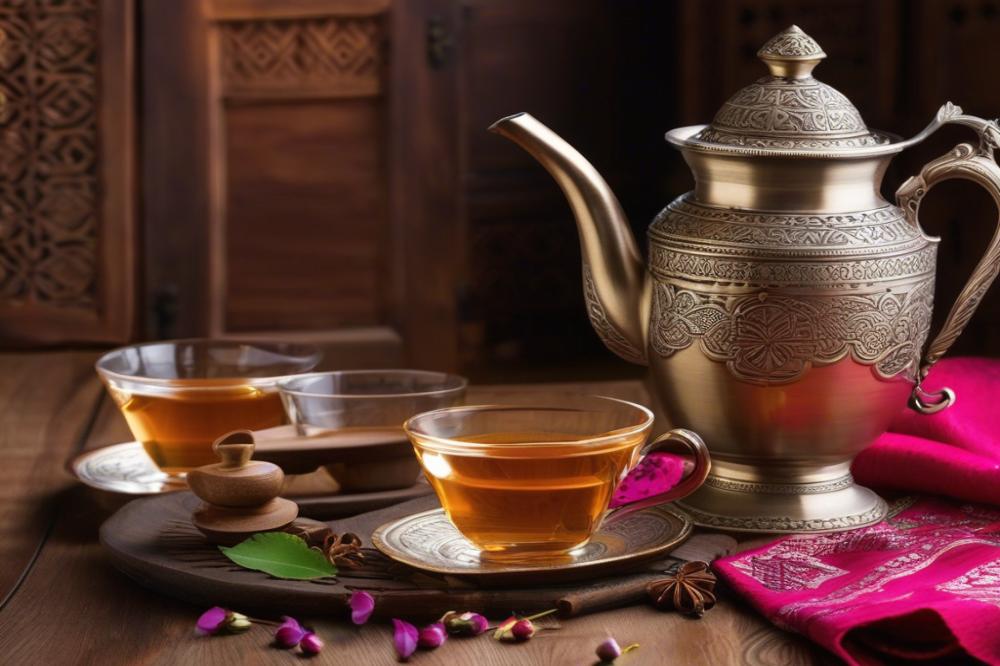Exploring Kibbeh Nayeh in Lebanese Cuisine
Kibbeh Nayeh holds a special place in Lebanese Cuisine, celebrated for its rich flavors and traditional preparation. This dish embodies not just a meal but a cultural experience. Families often gather to enjoy this delicacy, creating lasting memories around the dinner table. Served as a raw meat dish, it showcases the deep culinary roots of Lebanon.
The preparation of Kibbeh Nayeh requires skill and a deep understanding of spices and ingredients. bulgur, a key element, adds texture and heartiness. Fresh ingredients like tainted olive oil and tahini enhance the dish’s flavor profile. Herbs such as mint bring brightness, balancing the richness of the meat.
Eating this dish can feel like stepping into a world of Middle Eastern food tradition. It reflects the Lebanese commitment to culinary art and healthy eating. Mastering traditional recipes is seen as a rite of passage in many families. Making Kibbeh Nayeh is more than just following steps; it’s about honoring generations before us.
With its combination of meat and spices, this dish is not only nutritious but also a conversation starter. Many people find that sharing Kibbeh Nayeh brings them closer together, inviting stories and laughter. It represents the heart of Lebanese gatherings and showcases the enduring popularity of raw meat dishes in the region.
Understanding Kibbeh Nayeh
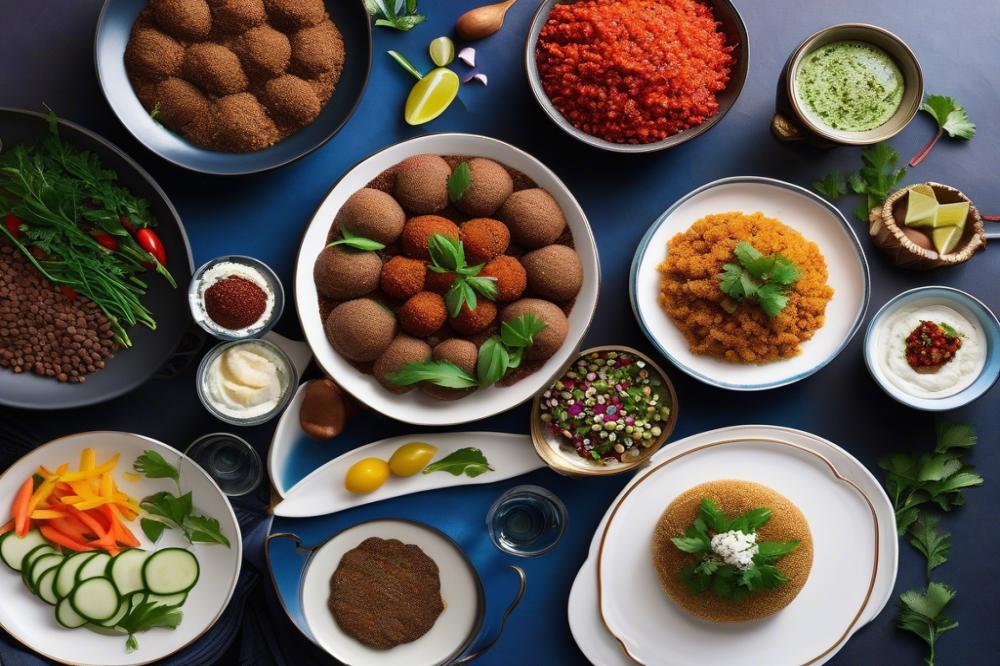

Definition and Characteristics of Kibbeh Nayeh
Kibbeh Nayeh is a raw meat dish popular in Lebanese cuisine. It showcases the skill of culinary art, blending flavors and textures seamlessly. The dish typically has a vibrant appearance, often garnished with fresh herbs. Served cold, it provides a refreshing experience for those who enjoy it. A smooth consistency is vital, which comes from expertly mixing ingredients.
Ingredients and Variations Across the Middle East
Traditional recipes for this dish include raw lamb or beef as the primary protein. bulgur, a key ingredient, serves as a base and offers a hearty texture. Variations exist across the Middle East, influenced by local ingredients and customs. Some regions might add spices like cinnamon or allspice to enhance flavor. Others may incorporate tahini or olive oil for richness. Fresh mint often complements the dish, giving it an aromatic burst.
Role of Bulgur and Raw Meat in the Dish
Bulgur plays a significant role in Kibbeh Nayeh by adding substance without overpowering the more delicate flavors. It harmonizes with the raw meat, which is essential for the dish’s authenticity. Choosing high-quality meat is crucial, as it must be fresh and well-prepared. Healthy eating enthusiasts appreciate this raw meat dish for its nutrient density. The balance of ingredients creates a unique experience, showcasing the beauty of traditional Middle Eastern food. Proper preparation allows the spices to meld perfectly, creating a rich taste that is deeply satisfying.
Ingredients and Method
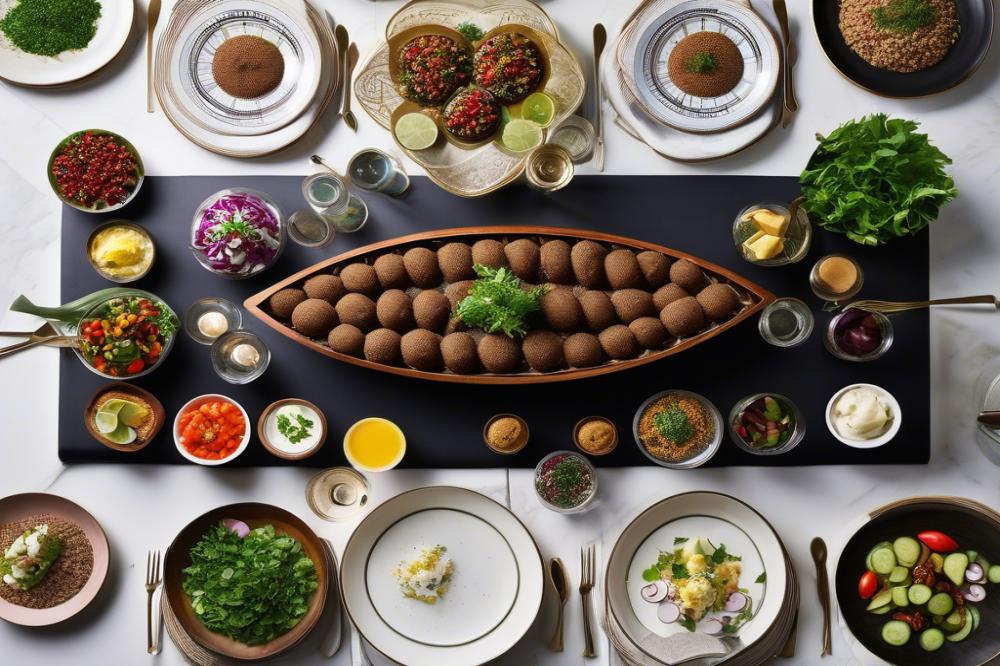

Detailed Ingredients List with Quantities
To make this delicious raw meat dish, you will need the following ingredients:
- 500g lean finely minced raw lamb or beef
- 250g fine bulgur wheat
- 1 medium onion, finely grated
- 2 tablespoons pine nuts, toasted
- 1 teaspoon allspice
- 1 teaspoon cinnamon
- Salt and pepper to taste
- 2 tablespoons fresh mint, chopped
- 2 tablespoons tahini
- 3 tablespoons olive oil
- Optional garnishes such as extra herbs or pomegranate seeds
Preparation Method Step by Step
Start with the bulgur wheat. Rinse it under cold water. After that, let it sit in warm water for about 30 minutes. This will soften the grains and prepare them for mixing.
Next, combine the minced meat, grated onion, allspice, and cinnamon in a large bowl. Pour in the soaked bulgur and mix thoroughly. Add salt, pepper, pine nuts, chopped mint, tahini, and olive oil to this mixture. The meat and spices come together to create a rich blend of flavors that is the essence of Middle Eastern food.
Once everything is combined, it’s time to shape the mixture. Take a handful and mold it into small patties or mounds. Each one should be smooth and firm, reflecting the culinary art of this traditional recipe.
Presentation matters when enjoying this dish. Arrange the shaped kibbeh on a serving platter. Drizzle olive oil over the top and garnish with additional mint or pomegranate seeds for a burst of color. This makes the dish not just tasty but visually appealing as well.
Don’t forget to serve it with fresh vegetables or warm pita on the side. This enhances the experience and makes for a healthy eating option. Enjoy every bite and savor the blend of spices and textures!
Nutritional Information
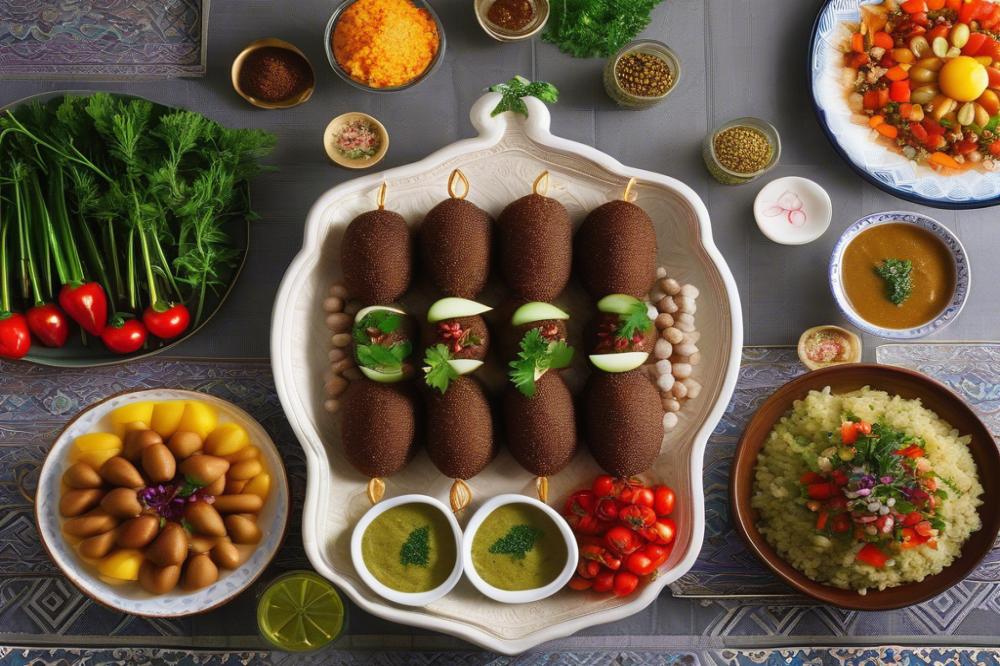

Lebanese Kibbeh Nayeh stands out not only for its rich flavors but also for its nutritional value. This raw meat dish uses high-quality lean meats, such as lamb or beef. These meats provide essential proteins, which are crucial for muscle growth and repair. Healthy fats found in the meat can support heart health when consumed in moderation.
Bulgur is another key ingredient in this Middle Eastern food. Made from whole grains, it offers a significant source of fiber. Fiber is important for digestive health, as it helps in maintaining regular bowel movements. Additionally, bulgur has a low glycemic index, which aids in controlling blood sugar levels.
Also worth mentioning is olive oil, an ingredient rich in antioxidants and monounsaturated fats. This type of fat can promote heart health and may lower cholesterol levels. Olive oil is often used in traditional recipes with fresh vegetables, enhancing their nutritional profile. The benefits extend when it is paired with tahini, which adds creaminess and a dose of calcium.
Mint and spices add flavor and health benefits as well. Mint is known for its digestive properties, while various spices like cinnamon and cumin are packed with antioxidants. These ingredients contribute to a balanced diet while also enriching the culinary art of Kibbeh Nayeh.
In the context of healthy eating, this dish embodies the principles of moderation and variety. The combination of lean meats, bulgur, and healthy fats encourages balance. Such traditional foods reflect how entire cultures prioritize wholesome ingredients, leading to nutritious meals. By enjoying this dish, one can appreciate the depths of Middle Eastern cuisine while nourishing the body.
Serving Suggestions and Accompaniments
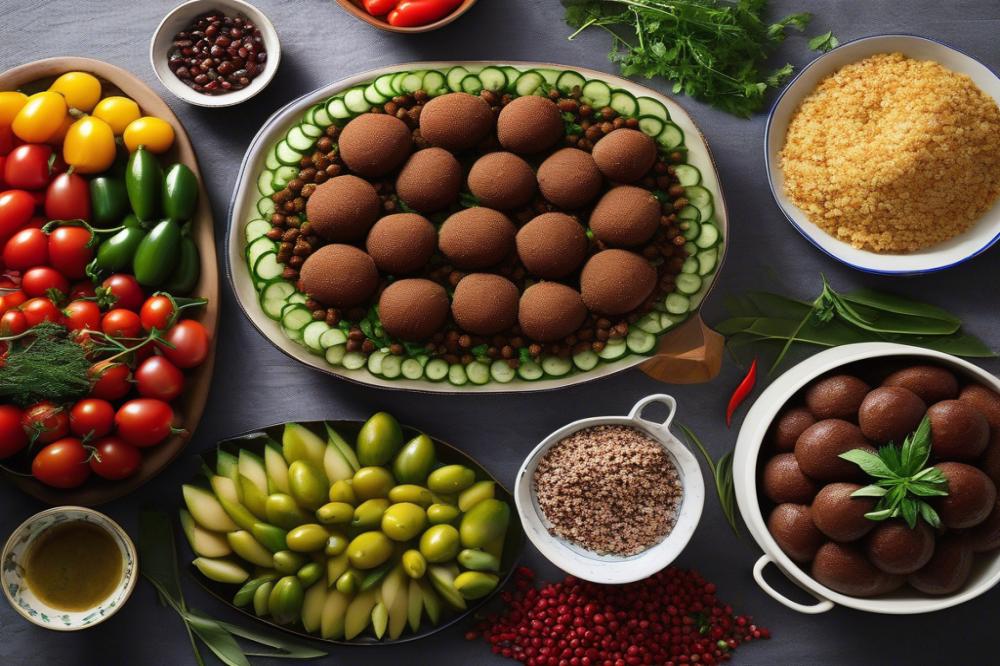

Traditional sides and dips to serve with Kibbeh Nayeh
Kibbeh Nayeh is a delicious raw meat dish that deserves attention. Pair it with traditional sides for a complete dining experience. Tabouli, a fresh salad made with parsley, tomatoes, and bulgur, offers crunch and brightness. Hummus is another fantastic option. Its creamy texture adds a rich contrast to the flavors of the dish. Pita bread works as the perfect vehicle for picking up bites. The combination of these traditional recipes elevates the entire meal.
Use of tahini and olive oil in complementing flavors
Tahini is a thick paste made from sesame seeds. This versatile ingredient complements the dish beautifully. When drizzled over Kibbeh Nayeh, its nutty flavor adds depth. Olive oil enhances the taste as well. It’s a staple in Middle Eastern food. A sprinkle of olive oil on top not only makes the dish look appealing but also adds a luscious texture. The use of these ingredients highlights the essence of healthy eating while embracing the culinary art of the region.
Incorporating fresh vegetables and herbs
Fresh vegetables can brighten the plate. Slices of cucumber and radishes provide a refreshing crunch. Mint leaves are essential too, adding a burst of freshness with each bite. Chopped onions and spicy peppers bring another level of flavor. These herbs and vegetables enhance the overall taste experience. They contrast nicely with the richness of the kibbeh. Together, these elements create a beautiful array of colors and flavors, showcasing the excitement of Middle Eastern cuisine.
Reflection on the Culinary Art of Making Kibbeh Nayeh
Making a raw meat dish can seem intimidating for many. Yet, when you dive into the art of preparing this exquisite traditional recipe, it transforms into an exploration of flavors and culture. Each ingredient plays a role. Fresh lamb, finely minced, combines harmoniously with bulgur and a variety of spices. This mixture represents more than just food; it embodies the spirit of Lebanese hospitality and the memory of shared meals.
Exploring this recipe allows you to connect with generations of cooks. Family secrets may be passed down through the ages, each cook putting their own spin on this classic. As you learn to create the perfect blend, you develop a deeper appreciation for the process. The act of preparing Kibbeh Nayeh is a celebration. Chocolate cake may be sweet, but there is a rich heartiness in this dish that brings people together.
In the context of healthy eating, Lebanese cuisine shines brightly. Dishes are crafted using fresh ingredients, emphasizing balance and nourishment without compromising on taste. Eating can be a joyful experience, and Kibbeh Nayeh is a prime example of how food can be both delicious and good for you. The freshness in every bite is something to cherish.
Bringing this unique recipe into your kitchen is more than just cooking. It’s about creating memories. So grab your ingredients, gather your loved ones, and celebrate the art of cooking. Explore the richness of this traditional dish, and let it deepen your connection to a vibrant and flavorful culture.

